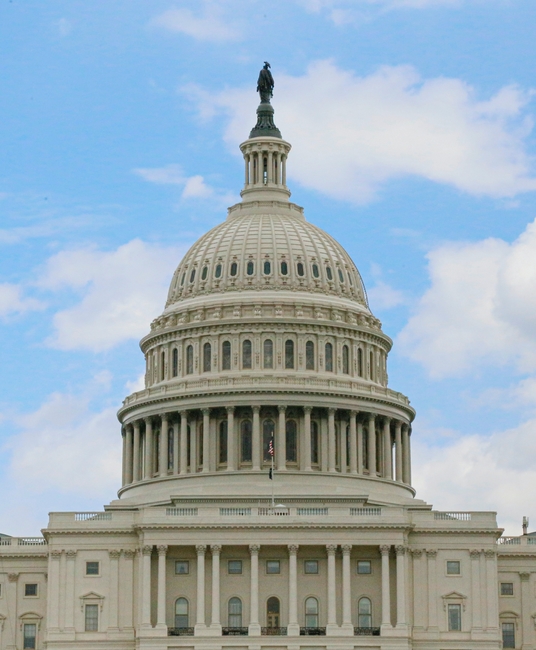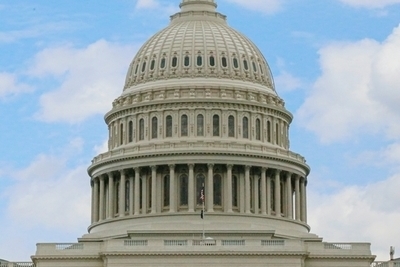
On December 20, 2019, the Setting Every Community Up for Retirement Enhancement (SECURE) Act was signed into federal law. This is the most sweeping legislation affecting retirement plans since the Pension Protection Act passed in 2006.
The FAQ below provides general answers to the questions most frequently asked by our clients regarding The SECURE Act of 2019. For more personalized consulting, your Client Relationship Manager is just a phone call away.
F A Q: click below for answers
1) Was there a change to the age requirement to determine when a Required Minimum Distribution (RMD) must be taken?
YES, for individuals who attain age 70 ½ after December 31, 2019 (i.e, their date of birth is on or after July 1, 1949), their new RMD age is 72.
For individuals who attained age 70 ½ on or prior to December 31, 2019, their RMD age remains at 70 ½.
2) What are some of the key changes made regarding safe harbor 401k plans?
Notice Requirement: If you use a safe harbor formula (such as a contribution equal to 3% of compensation) that is not based on a matching formula, the plan sponsor is no longer required to provide participants with an annual notice describing the safe harbor features.
Additional Opportunities to Adopt Safe Harbor 401k Plans: Previously if a plan sponsor wanted to adopt the 401k safe harbor status for its plan, the decision needed to be made no later than 90 days prior to the end of the year. NOW, this decision can be made as late as 31 days prior to the end of the year, as long as the 3% non-elective safe harbor is chosen (not the safe harbor match formula). If a plan discovers it fails the ADP test AFTER plan year-end, the plan has the opportunity to adopt 401k safe harbor status for the prior plan year by making a 4% non-elective safe harbor contribution to plan participants.
QACA Feature: Some 401k safe harbor plans use a Qualified Automatic Contribution Arrangement (QACA) which automatically enrolls employees, unless they opt out, at certain 401k deferral percentages. Previously, the maximum automatic deferral could not exceed 10%. However, to assist with participant retirement readiness, a retirement plan can now have a maximum automatic deferral as high as 15%.
3) When is the last possible date that I can establish a retirement plan?
Previously a retirement plan needed to be adopted no later than the last day of the plan year. Under the old rule, if a business wanted to adopt a plan for calendar 2020, the document would need to be signed no later than December 31, 2020. Under the SECURE Act, the retirement plan can be adopted as late as the tax filing due date (with extensions).
Example: An accountant reviews the 2020 calendar tax year obligation for his client in February 2021. The business has the opportunity to adopt a retirement plan in 2021 for the 2020 tax year, provided the plan is adopted no later than the date the business tax return is due.
4) Is it expensive to set up a new retirement plan?
There is a significant amount of work that needs to be done when establishing a new retirement plan, but the setup will be streamlined when you work with retirement plan specialists to help with the investment decisions, employee education, participant investment accounts and regulatory compliance. In an effort to encourage businesses to adopt retirement plans, the IRS provides generous tax credits to offset plan expenses:
New Retirement Plan: A small employer (fewer than 100 employees) that adopts a new retirement plan that covers at least one non-highly-compensated employee, may use a tax credit up to 50% of administrative fees associated with its new retirement plan for up to 3 years. The maximum annual credit cannot exceed the greater of $500 or $250 times the number of eligible non-highly-compensated employees (not to exceed $5,000 per year).
Automatic Enrollment: A small employer (less than 100 employees) that elects to utilize automatic enrollments to a new or existing plan is eligible for an additional tax credit of $500/year for up to 3 years.
5) If a retirement plan allows for an in-service distribution to be taken to assist with childbirth or adoption expenses, does the early 10% withdrawal penalty apply?
NO. Typically if an in-service distribution is made prior to age 59 ½, the IRS imposes a 10% early withdrawal penalty. This is meant to discourage individuals from using retirement plan money for purposes other than retirement. However, there are certain exceptions.
The SECURE Act now provides that participants can withdraw up to $5,000 for a qualified birth or adoption without the 10% early withdrawal penalty applying. Additionally, these withdrawals can be paid back to the retirement plan and will be treated as a rollover.
6) Can an in-service distribution be taken from a pension plan like a cash balance plan?
YES. Previously the minimum age to allow for an in-service distribution from a pension plan was 62. Pension plans can now allow in-service distributions as early as age 59 ½.
7) Are there IRS penalties if the Form 5500 or Schedule 8955-SSA is not filed timely?
YES. The IRS has substantially increased penalties for late filers. The penalty is $250 per day up to a maximum of $150,000 for a late Form 5500 filing. The penalty is $10 per day for each participant reported late on Schedule 8955-SSA, up to a maximum of $50,000.
8) Are there any eligibility rules that might affect part-time employees?
YES. To expand retirement plan coverage, an employee who works at least 500 hours in 3 consecutive plan years must be eligible to make 401k deferrals. This rule is effective for plan years beginning on or after January 1, 2021; therefore the earliest mandated entry date under this new rule would be January 1, 2024.


